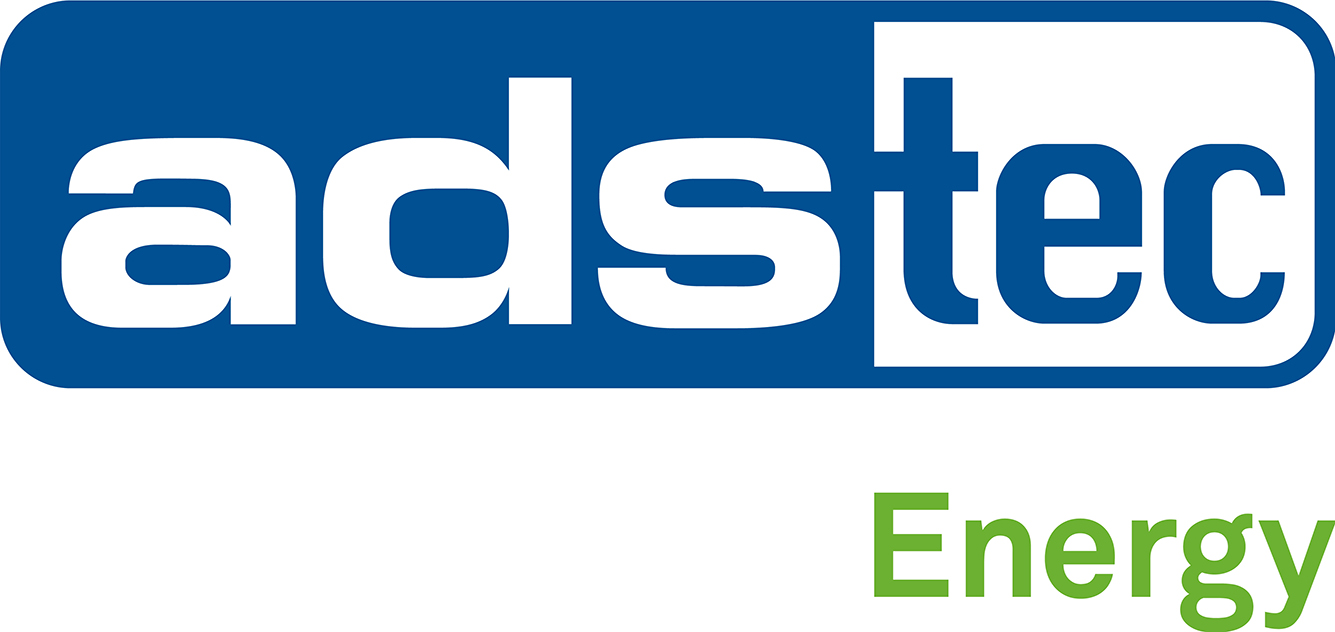 This article brought to you by ADS-TEC Energy, a NACS member.
This article brought to you by ADS-TEC Energy, a NACS member.
ALEXANDRIA, Va.—Electric vehicles are coming into their own. With the support of the Biden Administration, along with several states taking steps to make EVs more cost-effective and practical, EVs are poised to become more prevalent on U.S. roads. For convenience retailers, this presents a golden opportunity to quickly and cost effectively provide ultra-fast EV charging stations—and the food and drinks that EV drivers want as they wait.
Getting started with EV charging can seem complicated, especially with some EV manufacturers designing their vehicles to only work with brand-specific chargers, such as Tesla. But that too is changing as more car manufacturers design EVs with universal charging points.
“The problem is that as EVs are becoming more widely available and affordable, access to fast, convenient chargers hasn’t kept up with driver demand,” said John Tuccillo, global head of corporate and government affairs, ADS-TEC Energy. “A major challenge lies in the amount of power available in the electric grid itself and how prepared—or unprepared—it is locally to meet the demand for high-output, ultra-fast charging stations.”
ADS-TEC Energy’s ChargeBox has battery-buffering technology to enable customized ultra-fast charging using the existing power from the area’s electrical grid without disruptive, expensive grid expansion. “Not only does the end user receive an ultra-fast charge on site, but our ChargeBox recharges itself while providing a charge to the vehicle, ensuring it’s always ready for the next customer,” said Dennis Mueller, global head of product marketing, ADS-TEC Energy.
Here’s how the ADS-TEC Energy compact ChargeBox solution works. Its internal battery buffer is filled from the existing electric grid on a lower power input rate. It then discharges the stored power at the higher output and rate needed to recharge the connected EV at its individual requirement—all without ripping out the forecourt for installation or adding a lengthy regulatory or permitting grid construction process.
“We’ve designed our ChargeBox to yield a substantial 30% lower total cost of ownership compared with other EV chargers, which can help retailers become an EV destination quicker,” continued Mueller. “Our compact ChargeBox is compatible with many EVs and can be installed in a few weeks, allowing retailers a faster return on their investment as well as minimal disruption to their normal business.”
The ChargeBox also operates on a lower cost by minimizing peak demand charges. Standard, non-battery-buffering DC chargers that require 300kW of power can be subject to peak demand charges, especially if more than one vehicle is charging at the same time. “Our technology can operate on as low as 50kW of locally available power to charge a vehicle in minutes, so its use avoids peak demand charges,” said Tuccillo.
EVs are here to stay, and the more retailers can accommodate these drivers with ultra-fast charging solutions like ADS-TEC Energy’s ChargeBox, the more EV motorists will view convenience stores as their driving partners.
This is the second installment of a two-part series about how ADS-TEC Energy can help retailers offer EV charging. In part one, you learned how technological advances are making adding EV chargers simpler. Click here for more information about ChargeBox, including a white paper.